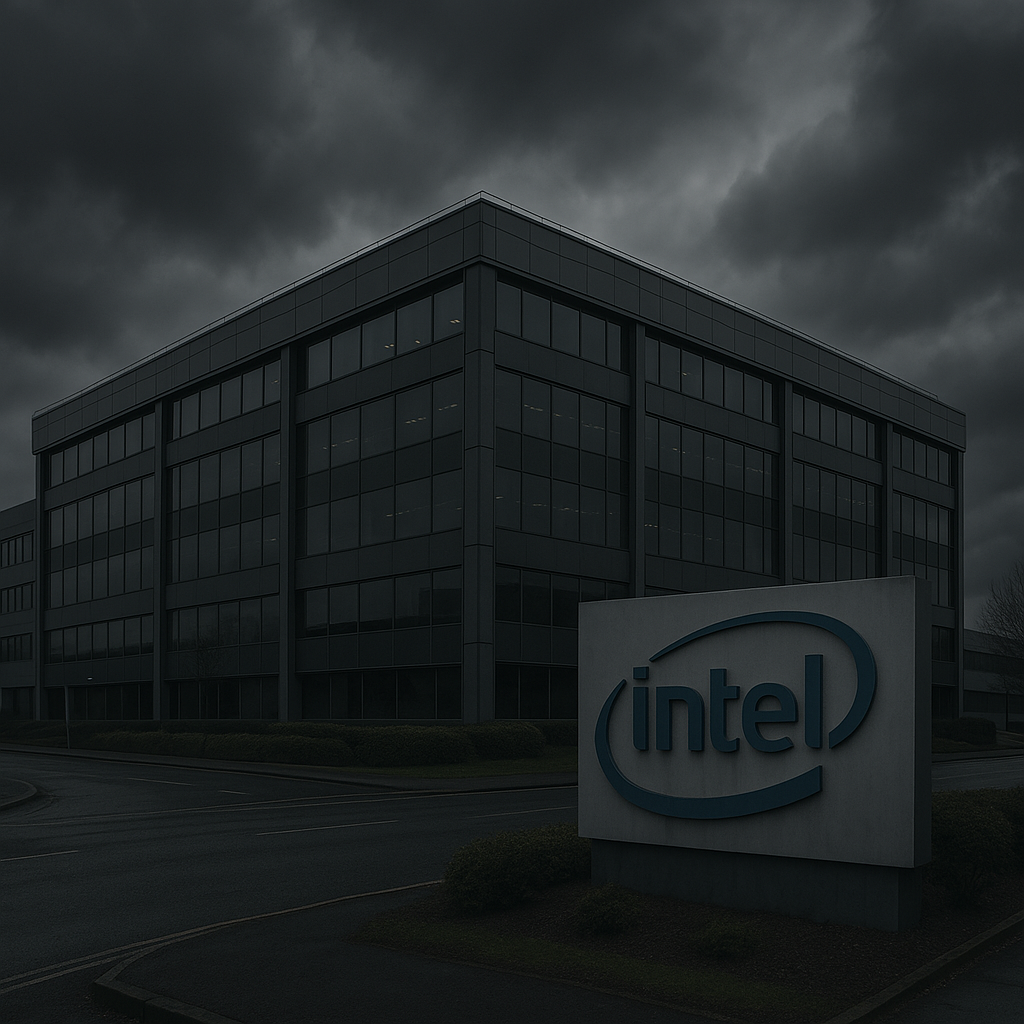Intel Cuts Jobs and Cancels Projects in Europe to Reduce Costs
Intel Cuts Jobs and Cancels Projects in Europe to Reduce Costs
Intel has begun cutting jobs and canceling several projects across Europe. This move is part of a broader cost-saving strategy to stabilize the company amid falling revenue and growing competition.
Intel Reacts to Financial Pressure
Intel is shifting direction as it faces weak demand and high production costs. The company is working on a multibillion-dollar plan to reduce spending and improve focus. This includes scaling back operations, trimming its workforce, and dropping non-essential projects.
Major Cuts in Key European Countries
Germany, Ireland, and the Netherlands are among the most affected. These countries were major hubs for Intel’s recent expansion. However, some planned facilities and research projects have now been paused or canceled.
Just months ago, Intel announced major investments in Europe under the European Chips Act. These cuts show a clear change in priorities.
Job Losses and Organizational Changes
Intel has not released exact numbers, but many roles in engineering, project management, and support are affected. The company is offering severance packages and career support to those impacted. At the same time, it plans to keep investing in AI, foundry services, and advanced chip development.
Pressure from Rivals and the Market
Intel is under pressure as AMD and NVIDIA grow stronger in key areas. Supply chain problems and inflation have also hurt profitability. As a result, Intel is now focusing on its most valuable opportunities and cutting losses elsewhere.
What’s Next for Intel in Europe?
Despite these setbacks, Intel says it still sees Europe as a key region for growth. However, the company is entering a phase of review and consolidation. Analysts believe this could help Intel focus on its strengths and avoid risky expansion.
Conclusion
Intel’s decision to cut jobs and cancel projects in Europe reflects the tough choices many tech companies face today. To stay competitive, Intel must reduce costs while keeping innovation alive. The coming months will reveal whether this strategy pays off.




Comments are closed